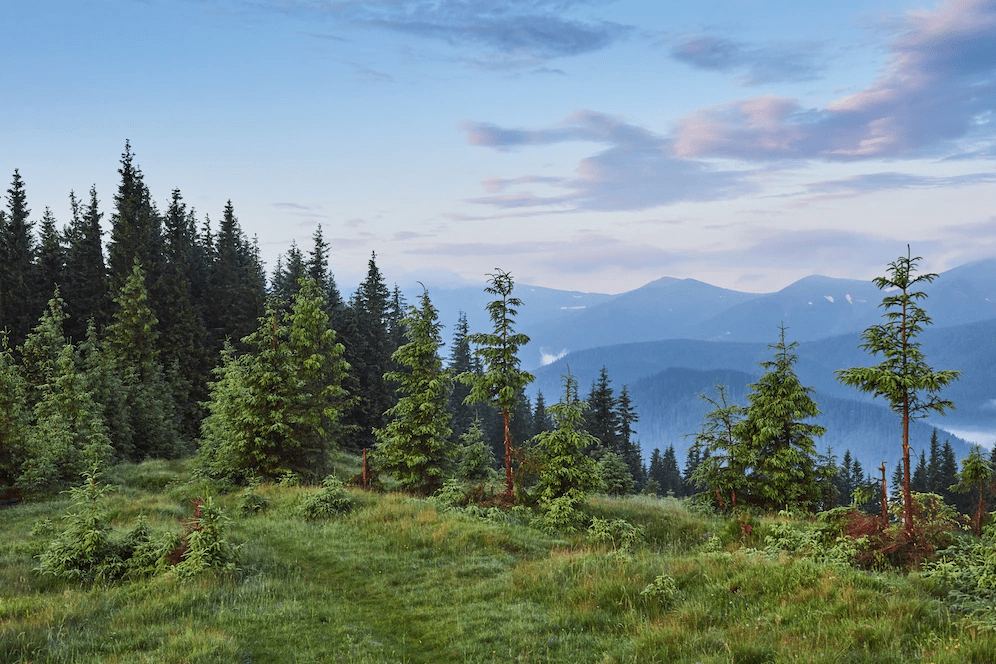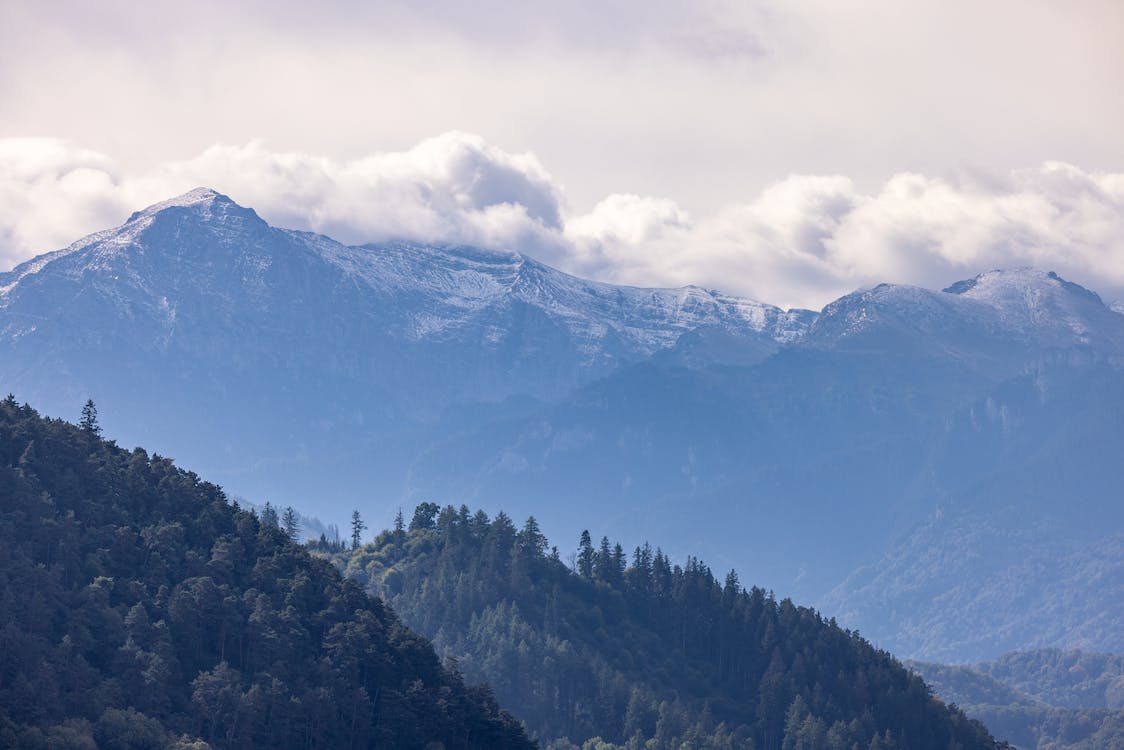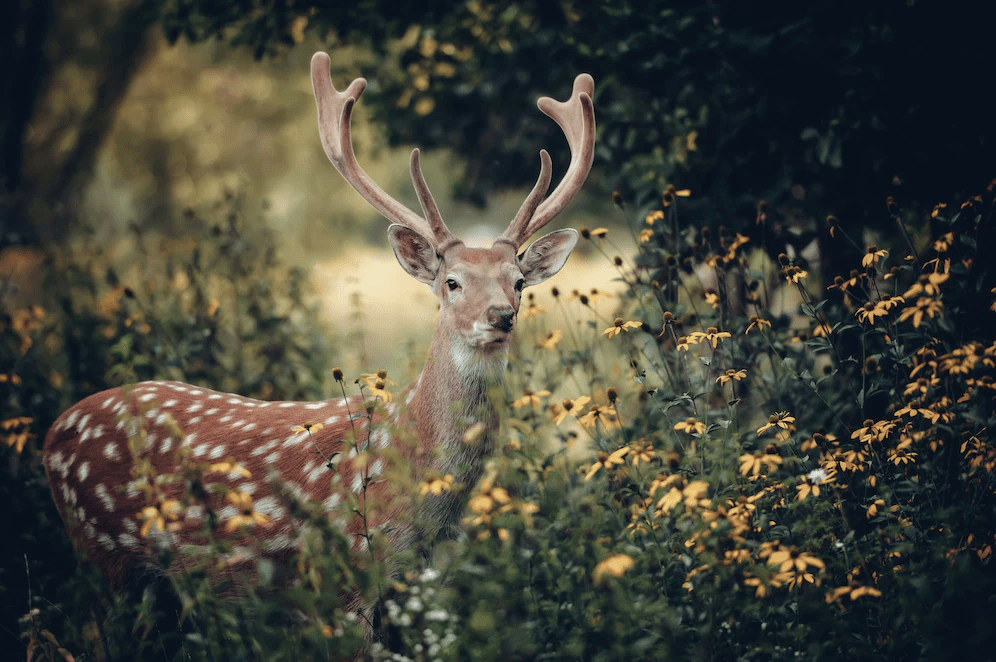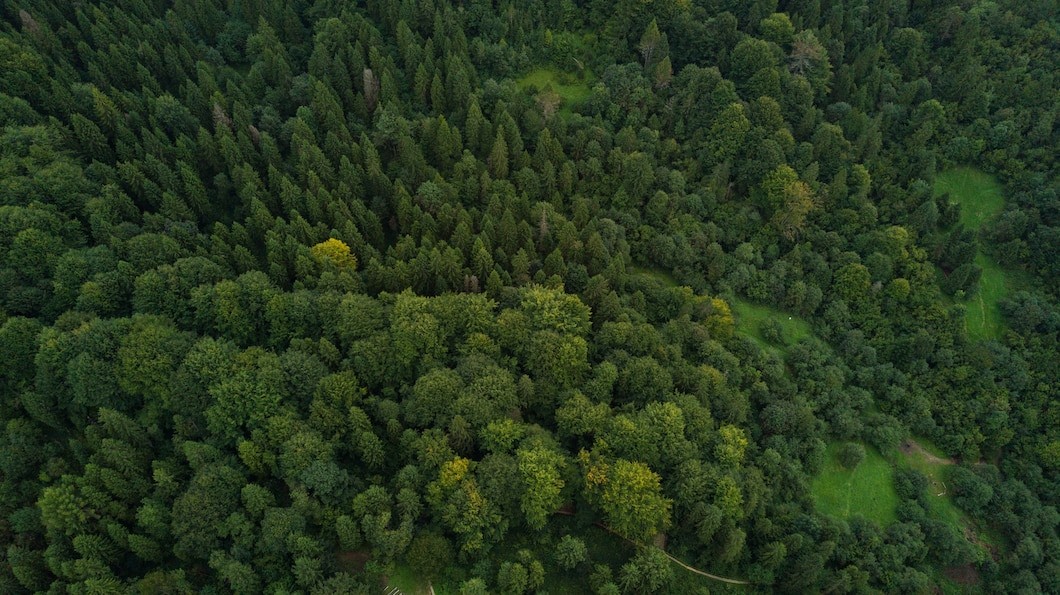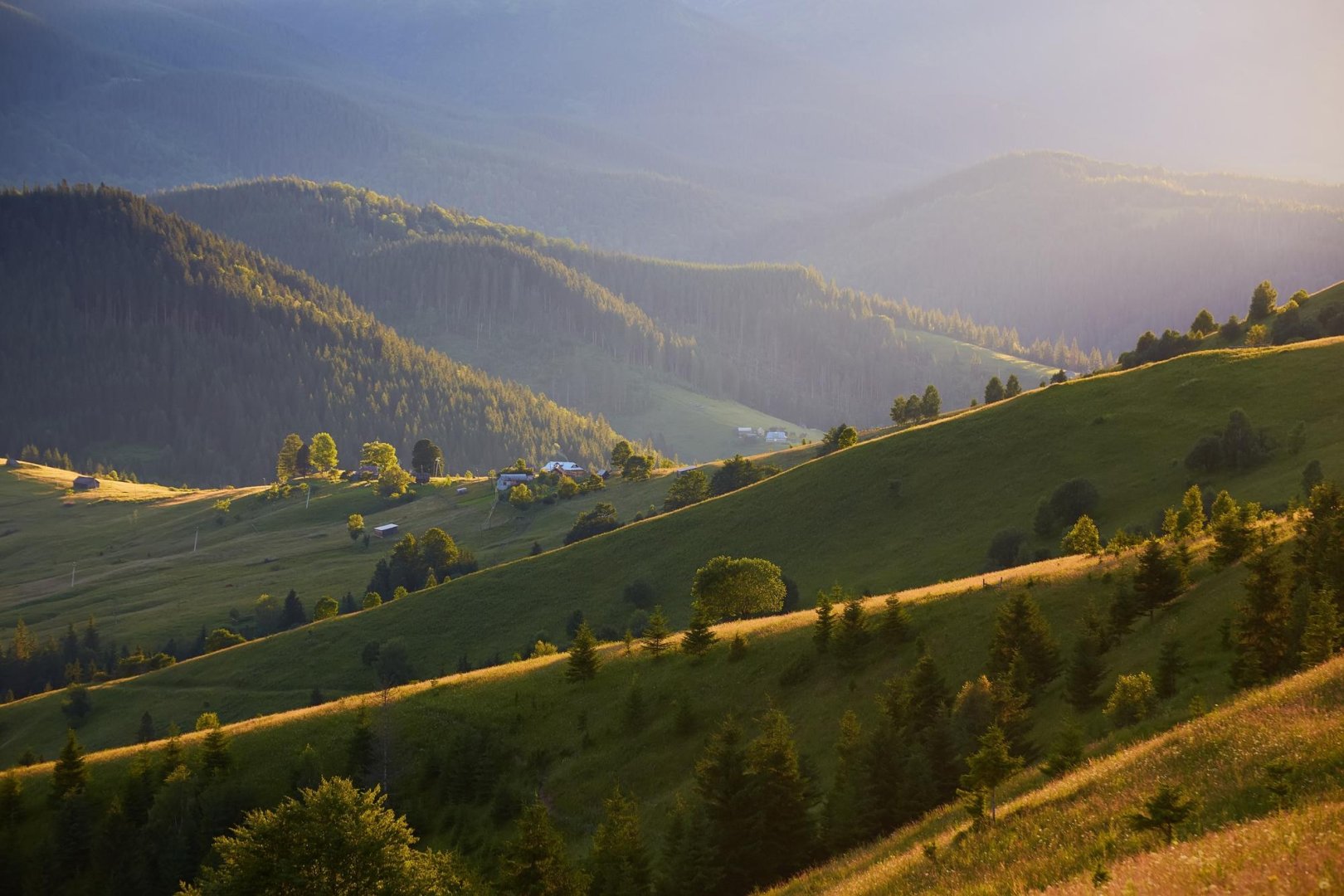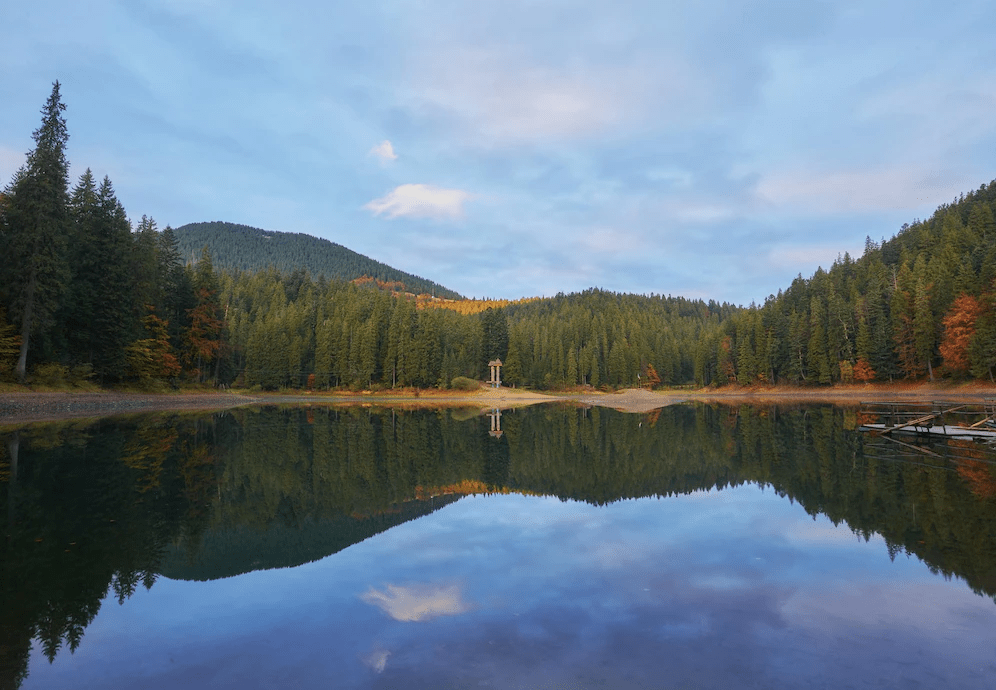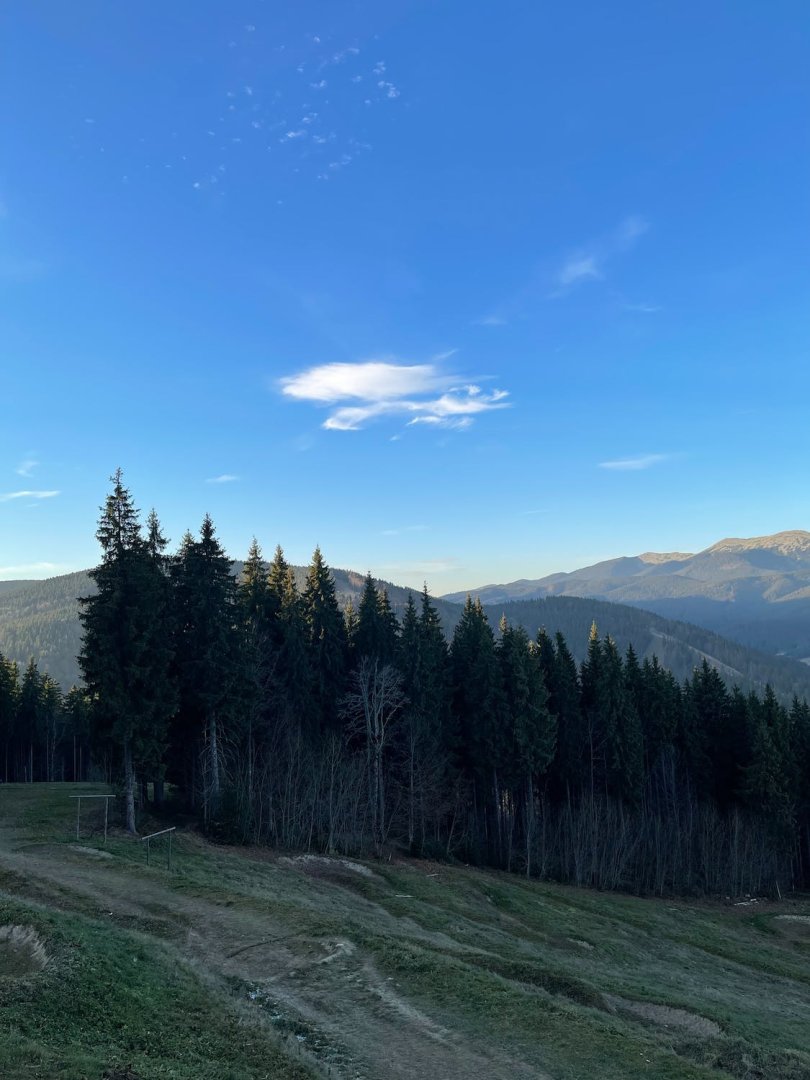Carpathian nature reserves and nature protection
07 February 2023
The protected territories of the Ukrainian Carpathians are no less interesting and attractive for active recreation than popular ski resorts. We offer to take a look at the selection of 12 of the most famous nature reserves and landscape parks in Zakarpattia, Ivano-Frankivsk, and Lviv regions, which every tourist should visit.
Carpathian National Natural Park
The nature protection territories of the Carpathians have 1,500 different protected objects. The largest among them is the Carpathian National Natural Park, whose area exceeds 50,000 hectares. The forests and meadows of this reserve are rich in flora and fauna: in particular, 60% of all Carpathian plants are concentrated here.
The nature park is located in the upper reaches of the Prut and Cheremosh rivers in the area of the Gorgana, Chornohora, and Vorokhta-Putilsky lowlands. There is a high elevation belt, many fast and turbulent rivers flow here, and high mountain lakes shine with purity.
Since the reserve contains a large number of rare plants and animals that are vulnerable to external influences, ordinary tourists are prohibited from entering the protected area. Only scientific tourism is practiced, accompanied by park employees, and with special permission from the management. The reserve has 45 demonstration primeval forests, which form 14 SET (scientific and educational trails).
Skolivski Beskydy National Nature Park
The reserve is located in the northwestern zone of the Carpathians, near the Polish border. There is much to marvel at here: majestic mountains and raging mountain streams, age-old primeval forests, magnificent landscapes, and springs with healing mineral waters. Once upon these rocks stood the ancient Rus fortress city of Tustan, which was simultaneously a Wallachian center, a defense complex, and a customs office on the salt route.
The nature conservation areas of the Ukrainian Carpathians in the Skolivsky Beskydy are famous for their ancient forests, beautiful rivers, and stunning waterfalls. Another natural wonder is the mystical Lake Zhuravlyne with water as dark as night but clear with hydrogen sulfide bubbles. The park has unique plants, such as the round-leaved sundew, which feeds on insects. The mountain swamp called Selyshcha, with an area of over a hectare, is also unique: it is the only place in the reserve where the healing blueberry bushes grow.
41 species of rare flora and 67 species of animals, which are under protection, are registered in the Skolivsky Beskydy. Brown bears, beavers, red deer, lynxes, and wild cats live in the reserve. During the last 10 years, the European bison population has been recovering in the park. A herd of 37 bison has already been created from a dozen animals imported from Germany.
Carpathian Biosphere Reserve
Studying the reserves of the Carpathian Mountains, one cannot help but pay attention to this nature conservation object with an area of more than 66 thousand hectares. It is here that a variety of landscapes, flora, and fauna from all natural and climatic zones (from plains to highlands) are presented. The reserve was founded in 1968, and in 2007 it was included in the UNESCO World Natural Heritage List.
The famous Mount Hoverla, as well as the mountains Petros, Blyznytsy, Brebeneskul, and others, are located on the territory of the nature conservation facility. The geographic center of all of Europe is located in the area of this reserve, and nearby you can find the habitats of primitive people. The oldest beech, fir, and spruce forests grow here, and the incredible Narcissus Valley and amazing karst caves are located here. In the biosphere reserve, you can see the famous red rue and the fragile stars of mountain edelweiss. Carpathian bears, lynxes, golden eagles, forest cats, and many other rare species of animals live here.
Svydovetsky reserve massif
This object is part of the Carpathian Biosphere Reserve and is located high in the mountains on the Svydovets ridge. Its area exceeds 6500 hectares. Among the features of the Svydovetsky Reserve:
- Most of the forests on the territory of the massif are beech. Ashes, sycamores, spruces, fir trees, and other types of trees also grow here, and there are areas of mixed forest.
- Rare arctic and alpine plants grow on the highlands in the area of the peaks of Mala and Velika Blyznytsy (Aster alpinus, Rhodiola rosea, Lloydia serotina, Diphasiastrum alpinum, Bartsia alpina, Aquilegia nigricans, and others).
- The animal world of the reserve is represented by roe deer and red deer, brown bears, wild boars, martens, squirrels, rare hornbills, forest cats, and small Carpathian newts. There are owls of various species, grouse, woodpeckers, and other birds.
Marmaro reserve massif
The reserve is located in the Rakhiv district of Transcarpathia on the northern slope of the mountains and belongs to the Carpathian Biosphere Park. The area of the Marmara Massif reaches almost 9,000 hectares.
Among the features of this reserve are:
- The name of the massif is related to the mountain Pip Ivan Marmaroskyi (1936 m), which is located on the territory of the reserve. There are also mountains Petros, Zherban, Berlebashka, and others.
- Mostly, beech trees grow here, but other deciduous, coniferous, and mixed forests (juniper, mountain pine, and others) are also found. There are meadows with alpine and subalpine plants, among which are rare and on the verge of extinction (cheremsha (Állium ursínum), cat’s paws, belladonna, Lycopodium annotinum, etc.).
- Among the rare species of fauna are the alpine snowbird, the peregrine falcon, the vulture, and others.
- The relief is represented by intermountain valleys, ridges, and peaks of rocks, as well as glacial cirques.
- Basins of tributaries of the White Tysa River are located on the territory of the massif. The basin of the Kvasny stream has a colder microclimate, and the basin of the White stream is warmer.
Kuziysky reserve massif
The territory of the massif is part of the Carpathian Biosphere Reserve and has an area of 4,925 hectares. The reserve has many beech forests, spruces, fir trees, oaks, cherries, maples, and hornbeams. Tourists are attracted by picturesque rocks covered with green vegetation and rushing waterfalls. The herbaceous cover consists mainly of sweet nightshade, Carpathian bells, and bulbous sedum. There is a rare alpine aster. The animal world is no less diverse: bears, lynxes, foxes, martens, forest cats, roe deer, wild boars, various types of bats, golden eagles, and woodpeckers.
The highest point of the massif is Mount Lysyna (1409 m), from which stunning surrounding landscapes unfold. The name of the mountain refers to its flat surface, the plateau at the summit.
Chornohirskyi reserve massif
The reserve is located on the western and southern slopes of the Black Mountain range and covers an area of more than 16,000 hectares. A moderately continental climate prevails on the territory of the massif, and there is a lot of precipitation, which feeds the numerous tributaries of the White Tysa River. The highest point of the Chornohirsky Reserve of the Carpathians is the famous Mount Hoverla (2,061 m).
Mixed forests prevail here: coniferous and deciduous trees, and high in the mountains there are spruce trees. Majestic forests are almost devoid of human influence — they grow and develop naturally. Among their inhabitants are bears, lynxes, alpine snowbirds, rare woodpeckers, three-toed woodpeckers, capercaillie, blackbirds, and kinglets. After ancient glaciation, lakes were formed in the mountains:
- Breskul, located at an altitude of 1,750 m with clear, slightly mineralized water, is the habitat of rare newts;
- Upper Lake is the deepest reservoir in the area with crystal clear water;
- Brebeneskul is the highest lake (1801 m) with clear blue water.
“Zacharovanyi krai”
This is a national natural park in the Khust district. Its territory covers more than 6,000 hectares. A fairly young reserve, created in 2009, has important scientific, health, and environmental significance.
The Borzhava River flows here, a tributary of the Tisza, and the famous sphagnum swamp “Chorni Bagna” (considered a hydrological monument of nature) is located here. Many rare plants can be found in the natural park: watercress, common heather, sundew, rusty sedge, swamp cranberry, and others. Age-old beech trees grow on the territory of the reserve, and the unique mountain landscapes fascinate tourists and scientists from all over the world.
Nature Park “Zacharovanyi krai” really lives up to its name, stunning visitors with amazing creations of nature and time: giant rocks of various shapes that resemble ancient castles, giant pyramids, animals, people, and fantastic creatures. In the winter, tourists come here for skiing, and in the summer, they come to relax in the bosom of luxurious nature. Tourism and the use of recreational resources in the natural park are still developing but have great prospects for the future.
The tourist infrastructure includes ecological and educational routes with a length of more than 36 kilometers. Today, 6 hiking routes are open, including ringed and radial ones. They are equipped with special stands with information for tourists, places to rest, and signposts. Near the reserve, there are health complexes, agro-residences, and private buildings that can accommodate tourists. In addition, the infrastructure has cafés, restaurants, and bars that welcome all visitors.
Synevyr National Nature Park
Many have heard about the wonderful Carpathian lake Synevyr, but it is worth visiting the natural park of the same name not only for its sake. The national reserve is located in the upper reaches of two local rivers and covers an area of more than 40,000 hectares. It is divided into several functional areas:
- protected;
- recreational with tourist routes;
- household.
The natural park is characterized by steep relief, deep river valleys, mountain screes, and beech forests, which are classified as a UNESCO World Heritage Site. The flora of Synevir is very diverse: hanging grass swamps, coniferous forests, spruce forests, beech forests, and many rare representatives of the flora. Brown bears, wolves, wild boars, martens, ermines, otters, deers, roe deers, grouses, capercaillies, owls, white and black storks, woodpeckers, wild ducks, and other representatives of the animal world live in the reserve.
Vyzhnytskyi National Nature Park
It is located in the Pokutsko-Bukovynsky Carpathians and covers an area of almost 8,000 hectares. The reserve has a fairly mild climate, thanks to which it has become a home for many heat-loving plants. Native mixed-type forests consist mainly of beech and fir. There are also mountains and impressive waterfalls, healing mineral springs, and diverse animal and plant life.
Gorgany Nature Reserve
It is located in the central part of the Ukrainian Carpathians in the Ivano-Frankivsk region and covers an area of 5,344 hectares. The massif stretches from the valley of the Prut River to Mizunka. Its name comes from the name of rock fragments called “gorgans” (they are also called “gregots”), which occur here in large places. On the territory of the park, there are rare primeval forests of cedar and alpine pine, and many species of plants listed in the Red Book (green tongue, cuckoo’s tears, variegated aconite, and others). The reserve is home to 45 species of mammals, including red deer, wild boars, squirrels, hares, bears, lynxes, martens, otters, ferrets, and others.
Skhidni Karpaty International Biosphere Reserve
The international reserve extends over 208,000 hectares and consists of several national and landscape parks — Ukrainian, Polish, and Slovak. The nature protection territories of Ukraine that are part of the reserve are the Nadsyansky landscape park in the Lviv region, as well as the Uzhansky national park in Zakarpattia.
The Ukrainian Carpathians are a unique area filled with the power and magic of nature. The incredible beauty and majesty of the Carpathian Mountains do not leave anyone indifferent, impressively luxurious landscapes, crystal-clear air, healing water, ancient forests, and diverse flora and fauna abound. Tourists from all over the world come here to take a break from the hustle and bustle, get healthy, be inspired by the beauty of nature, and stay in a real fairy tale. Do not waste time and go on a fantastic trip to the amazing Carpathian parks and reserves! All you need to do is choose a route, pack your things, and book a hotel room for accommodation.

